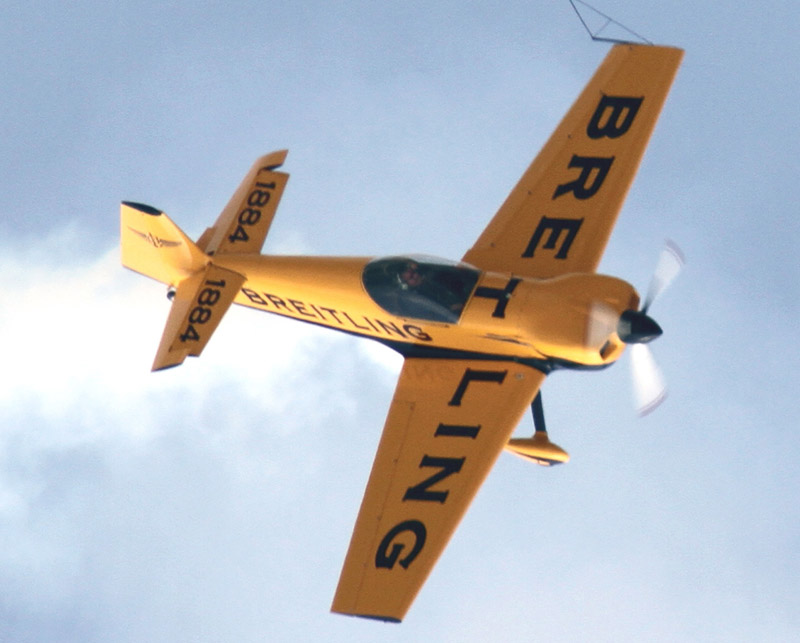| CAP | ||||||||||||||||
 |
||||||||||||||||
|
CAP 232 Photo: Robert Deering 4/26/2014 NAS Fort Worth JRB (NFW) Fort Worth, Texas |
||||||||||||||||
|
||||||||||||||||
|
||||||||||||||||
|
||||||||||||||||
| CAP | ||||||||||||||||
 |
||||||||||||||||
|
CAP 232 Photo: Robert Deering 4/26/2014 NAS Fort Worth JRB (NFW) Fort Worth, Texas |
||||||||||||||||
|
||||||||||||||||
|
||||||||||||||||
|
||||||||||||||||